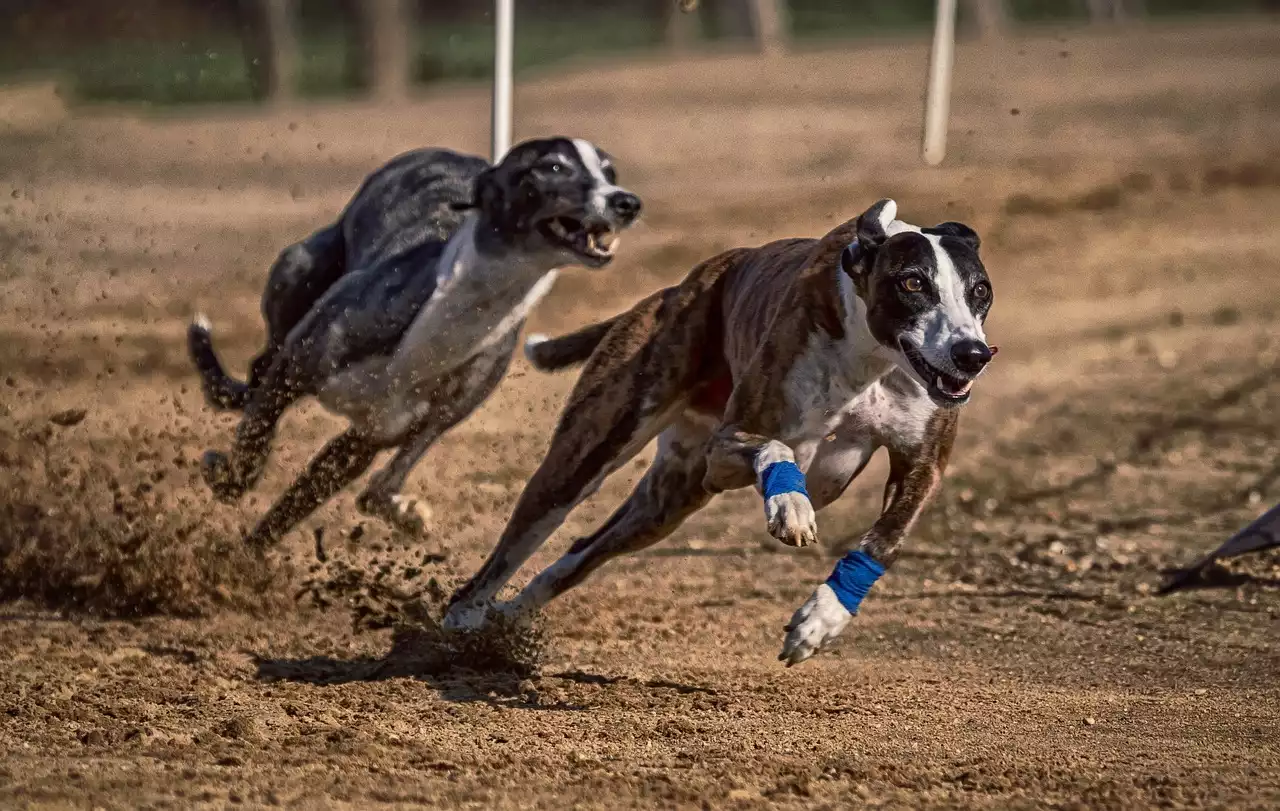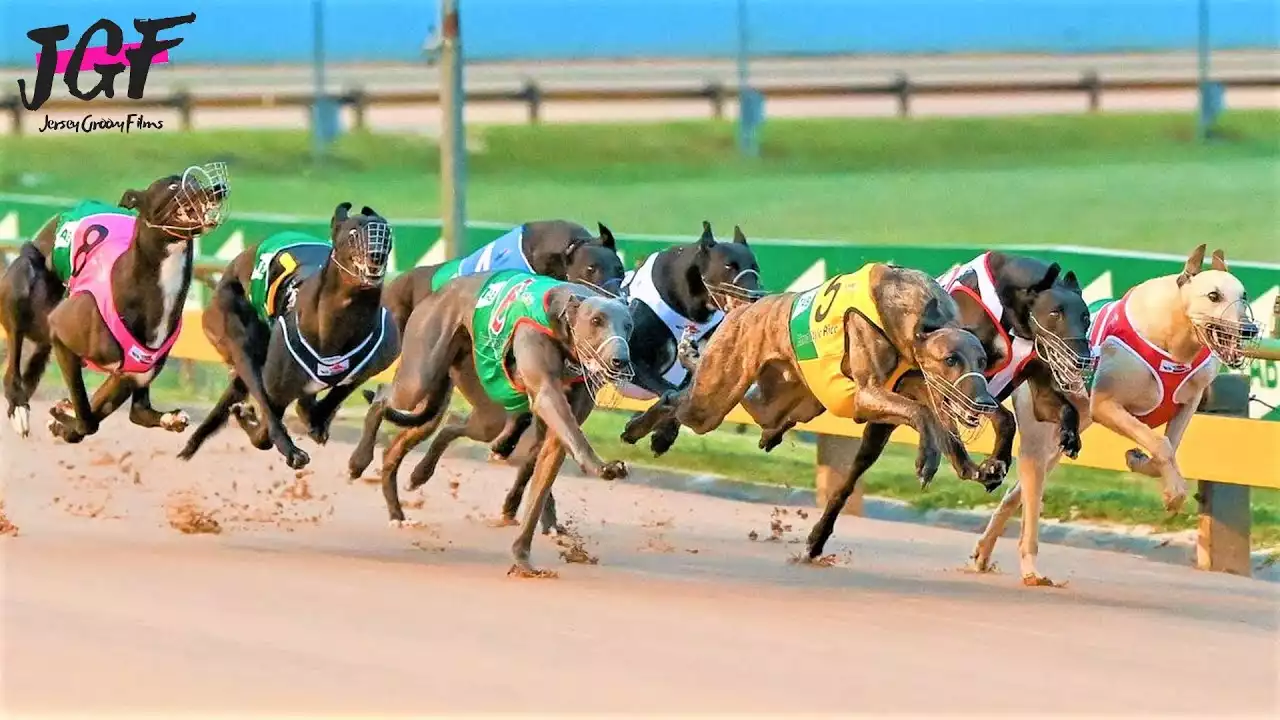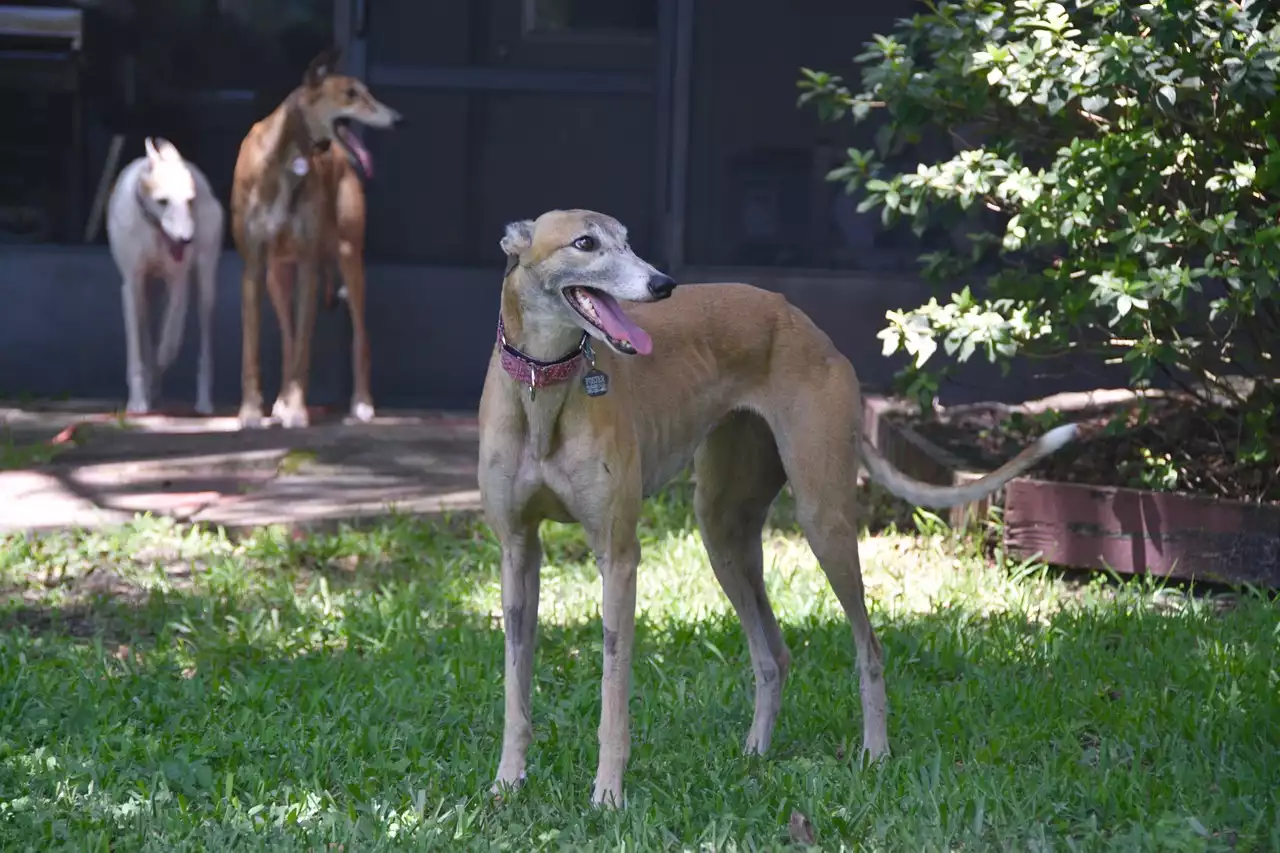Understanding the different distances in greyhound races
Greyhound races are categorized into different distances, each requiring a unique set of skills and strategies from the participating greyhounds. Understanding these distances is crucial for both bettors and fans alike. Let's take a closer look at the various distances in greyhound racing.
Sprint races, also known as short-distance races, typically range from 200 to 400 meters. These races are all about explosive speed and quick acceleration. Greyhounds participating in sprint races need to have lightning-fast reflexes and exceptional burst power. The races are over in a matter of seconds, and every split second matters. Sprint races are often the most thrilling to watch, as greyhounds sprint towards the finish line with incredible intensity and speed.
Middle-distance races fall in the range of 400 to 600 meters. These races require a balance between speed and endurance. Greyhounds participating in middle-distance races need to pace themselves, as they cannot afford to exhaust all their energy in the early stages of the race. They need to maintain a consistent speed throughout the race, ensuring they have enough stamina to make a strong finish. Middle-distance races often involve tactical running and strategic positioning.
Staying races, also known as long-distance races, are typically between 600 to 800 meters. These races test the greyhounds' endurance and staying power. Unlike sprint races or middle-distance races, where speed is the primary focus, staying races require greyhounds to maintain a steady pace for a longer period. Greyhounds participating in staying races need to be able to conserve energy and have the ability to endure the physical demands of a longer race.
Marathon races are the longest of all greyhound races, typically exceeding 800 meters. These races truly push the limits of a greyhound's endurance. Participating in a marathon race requires exceptional stamina and mental fortitude. Greyhounds need to pace themselves from the start, conserving energy for the long haul. These races often become battles of attrition, as greyhounds fight to maintain their pace and stay ahead of the competition. Marathon races are a true test of a greyhound's physical and mental capabilities.
Factors that affect performance at different distances
Several factors can influence a greyhound's performance at different distances. Understanding these factors can give bettors and trainers valuable insights into a greyhound's potential.
One of the key factors is a greyhound's natural ability and genetic makeup. Some greyhounds are naturally built for speed, excelling in sprint races, while others have a stronger endurance base, making them well-suited for staying races or marathons. Genetics play a significant role in a greyhound's physical attributes and can influence their performance at different distances.
Another factor is the greyhound's age and experience. Younger greyhounds may have more energy and enthusiasm, but they may lack the experience and maturity needed to handle longer distances. Older greyhounds, on the other hand, may have the experience and knowledge of race tactics, but their physical capabilities may start to decline. Finding the right balance between age and experience is crucial for success at different distances.
Training also plays a vital role in a greyhound's performance at different distances. Trainers need to develop a training program that focuses on the specific requirements of each distance. Sprinters may need more explosive training exercises, while marathon runners may require longer endurance-building sessions. Training strategies need to be tailored to the desired distance to maximize a greyhound's potential.
Popular greyhound racing tracks for each distance
Greyhound racing tracks around the world offer various distances to cater to different racing preferences. Let's explore some of the popular tracks known for their specific distances.
For sprint races, tracks like XYZ Stadium and ABC Park are renowned for their lightning-fast 200 to 400-meter sprints. These tracks provide the perfect stage for greyhounds to showcase their explosive speed and agility. With short straightaways and tight turns, these tracks require greyhounds to be nimble and quick on their feet.
In the realm of middle-distance races, tracks such as DEF Oval and GHI Circuit are favorites among greyhound racing enthusiasts. Ranging from 400 to 600 meters, these tracks provide an ideal balance between speed and endurance. Long straightaways and wider turns allow greyhounds to maintain a consistent pace and make strategic moves.
Staying races often find their home at tracks like JKL Field and MNO Stadium. These tracks offer distances between 600 to 800 meters, providing a challenging test of a greyhound's stamina and staying power. With longer straightaways and more gradual turns, these tracks allow greyhounds to settle into a rhythm and maintain their pace throughout the race.
For those seeking the ultimate test of endurance, marathon races can be found at tracks like PQR Park and STU Circuit. These tracks offer distances exceeding 800 meters, pushing greyhounds to their limits. With extended straightaways and sweeping turns, these tracks demand both physical and mental strength from the greyhounds as they navigate the grueling distance.









